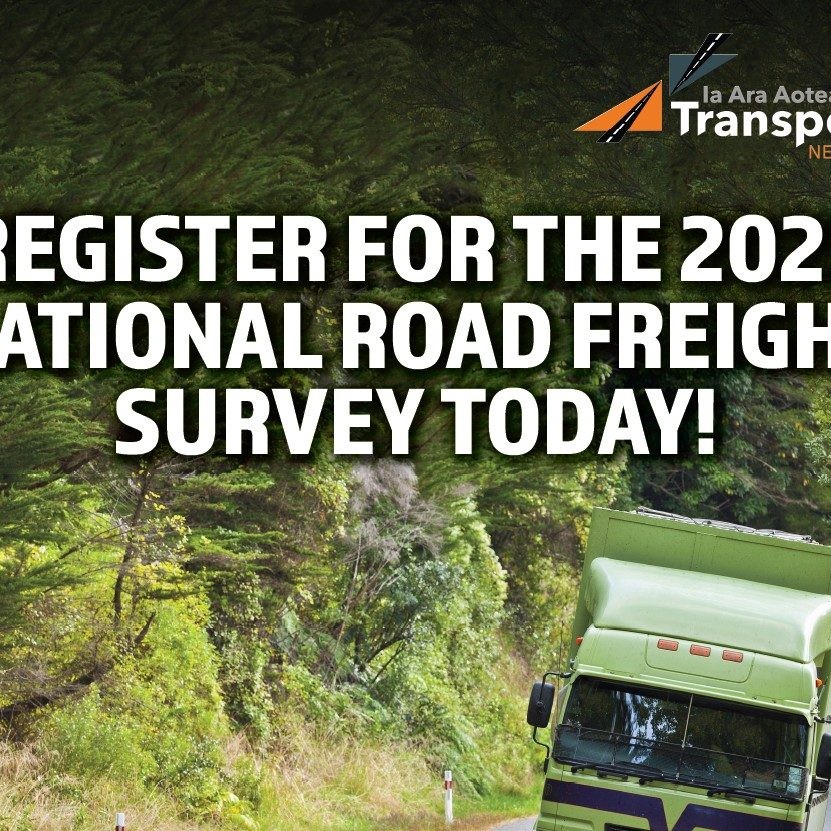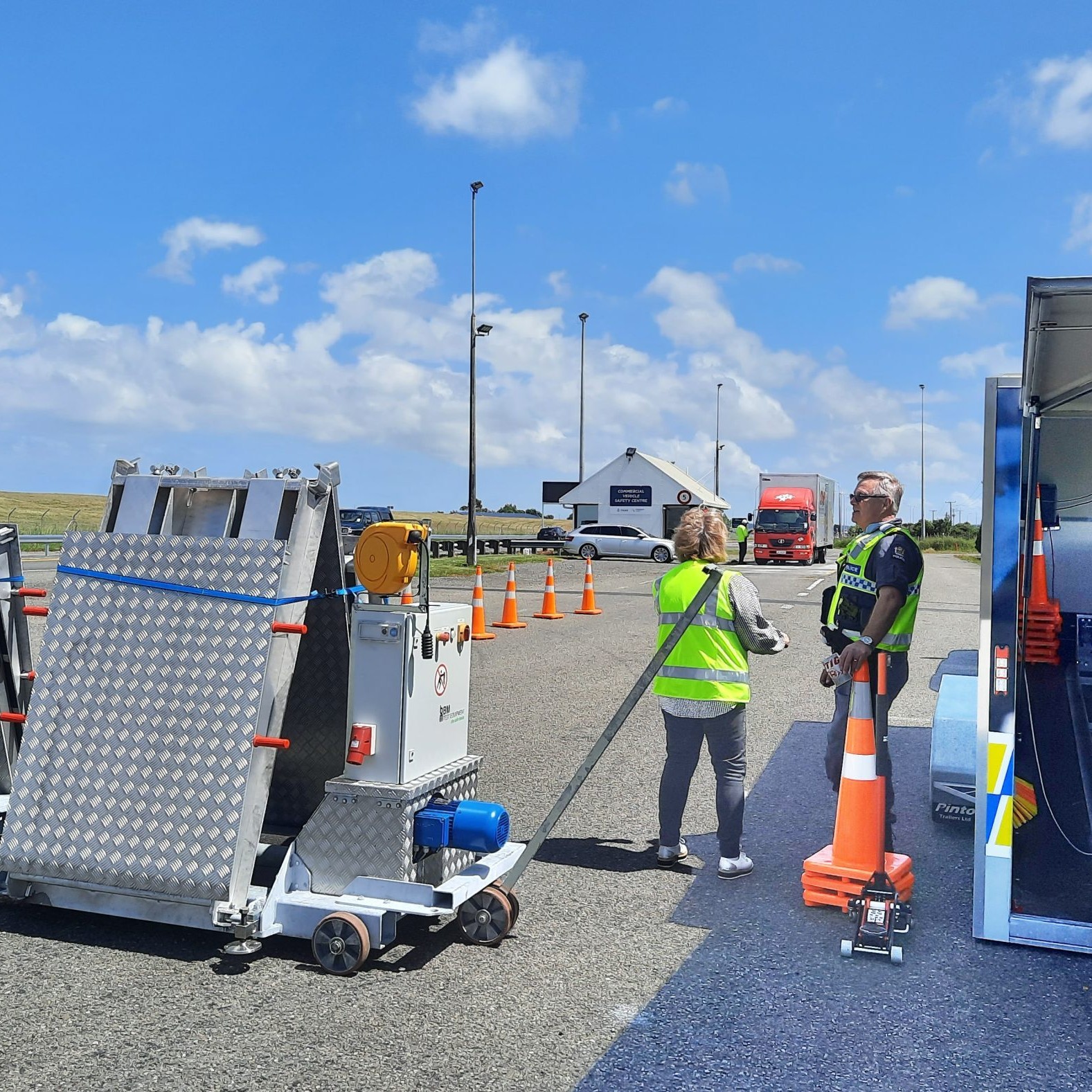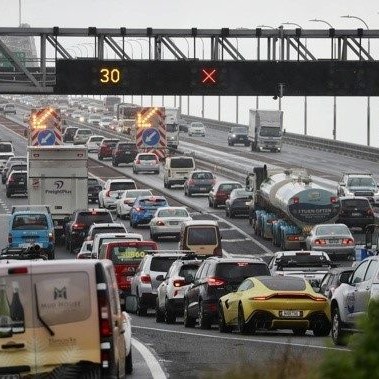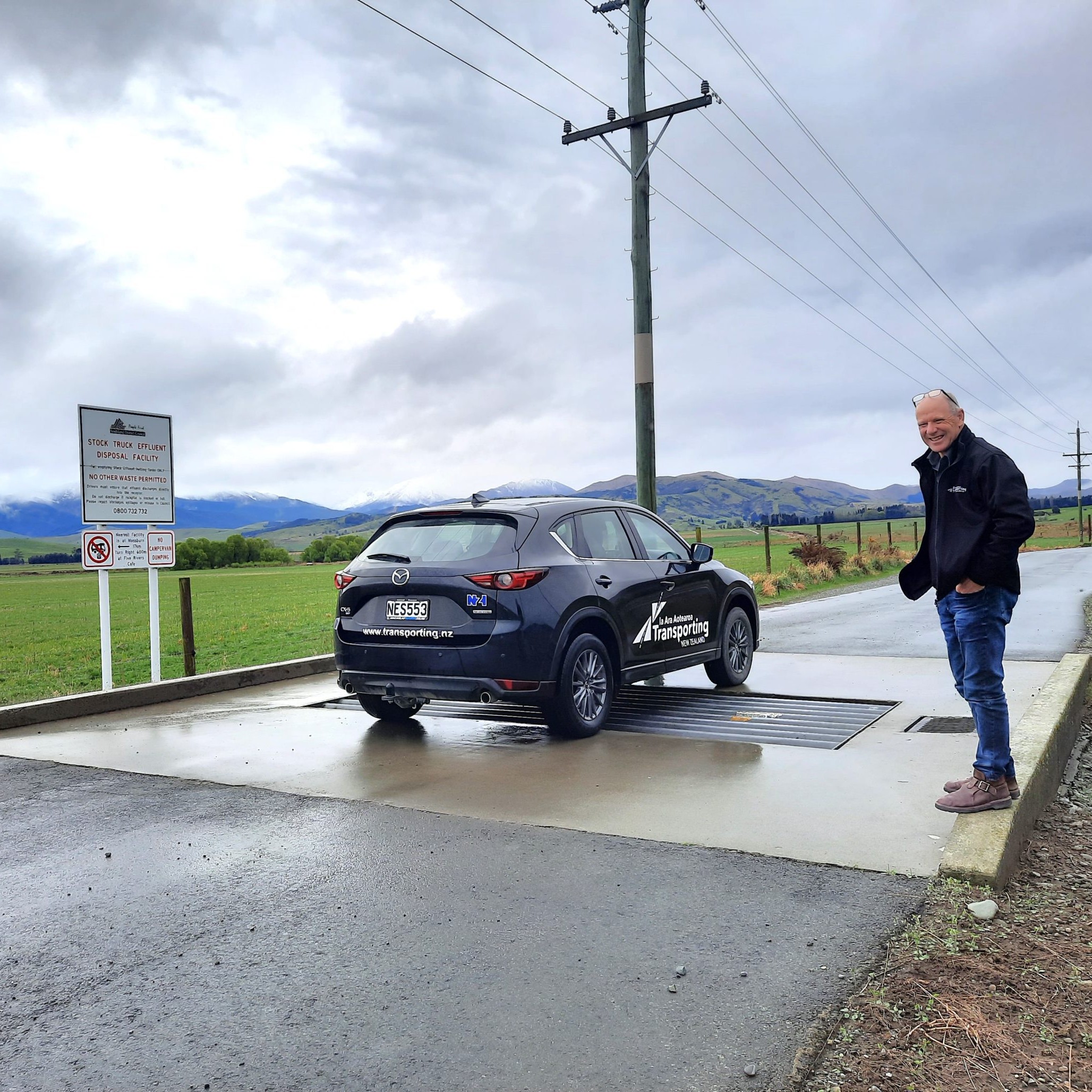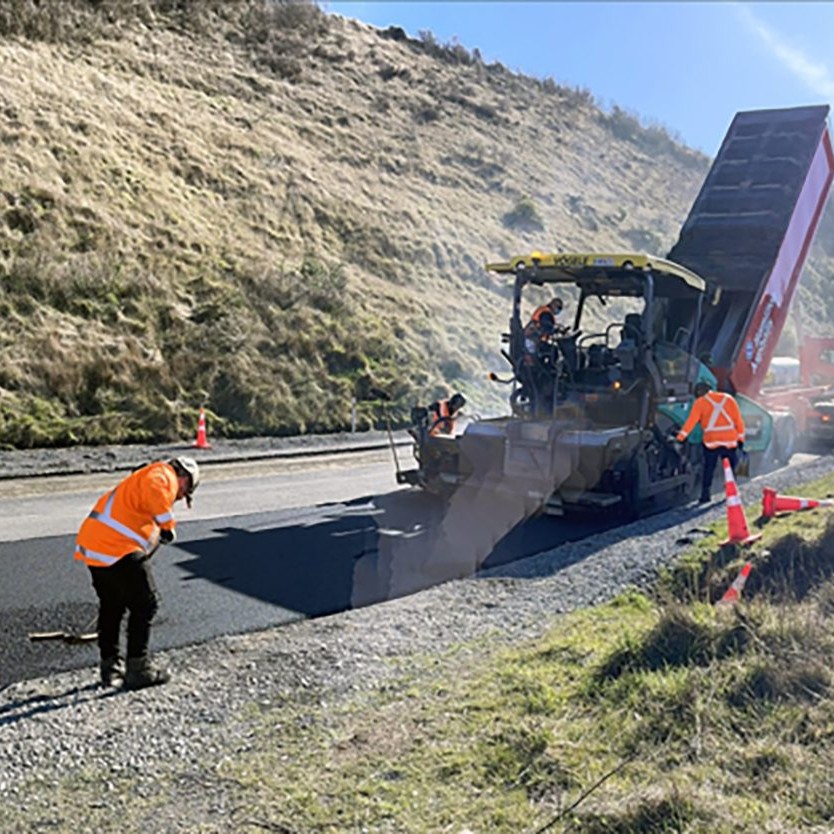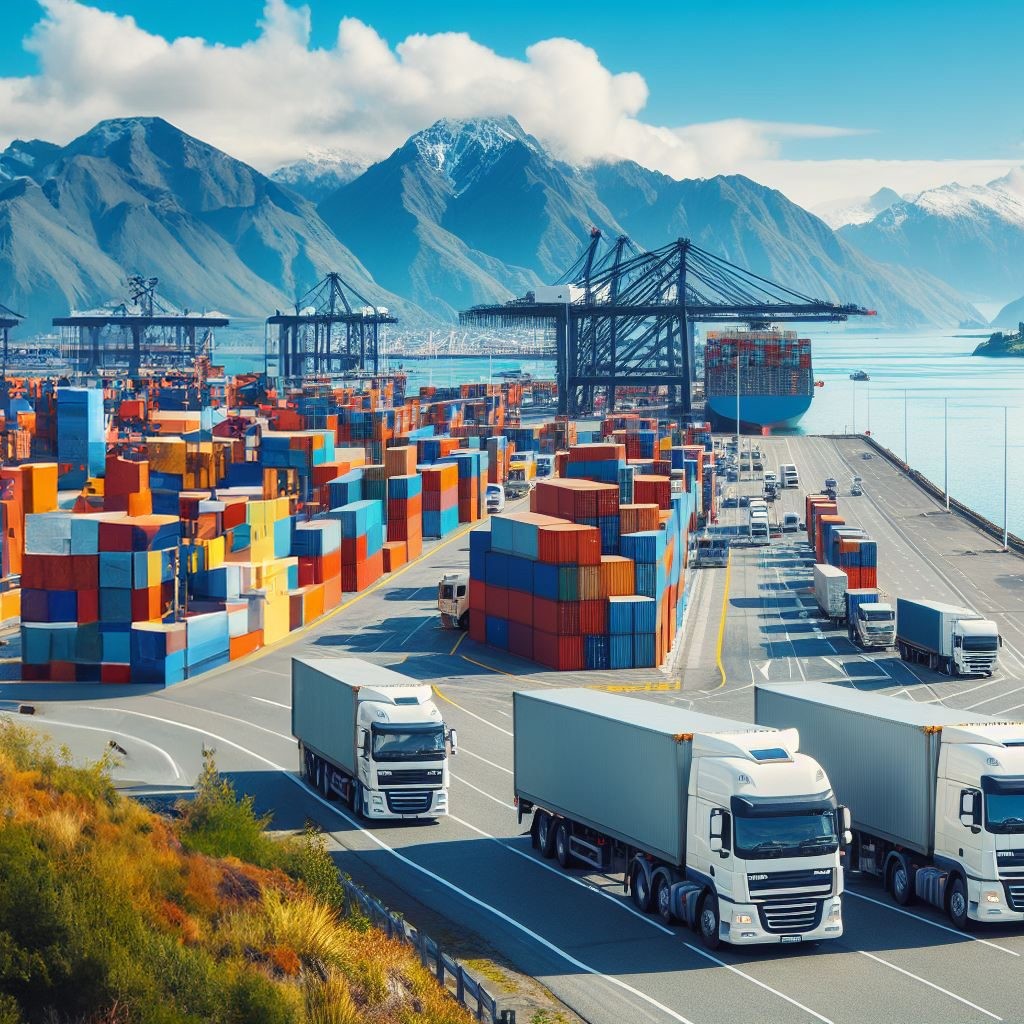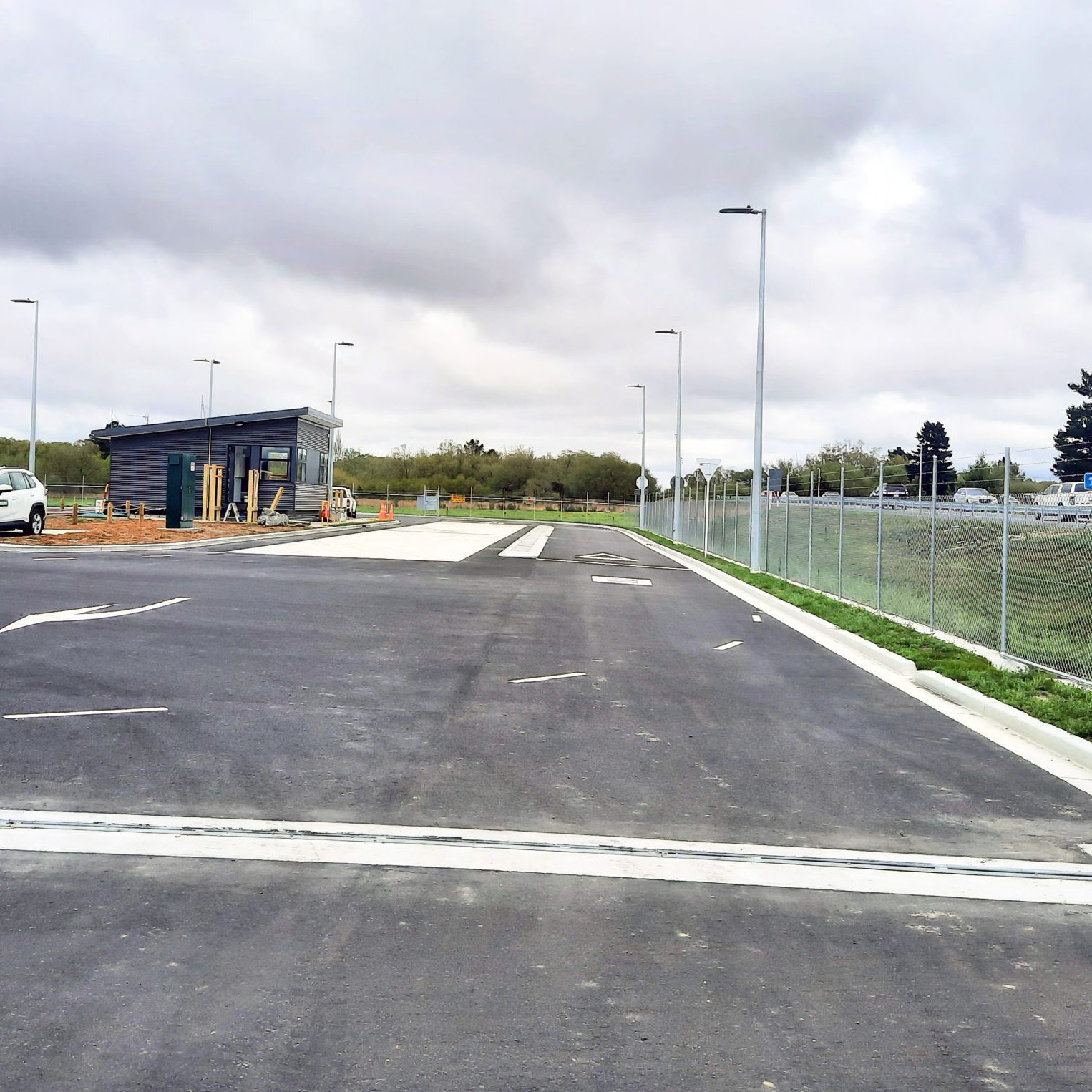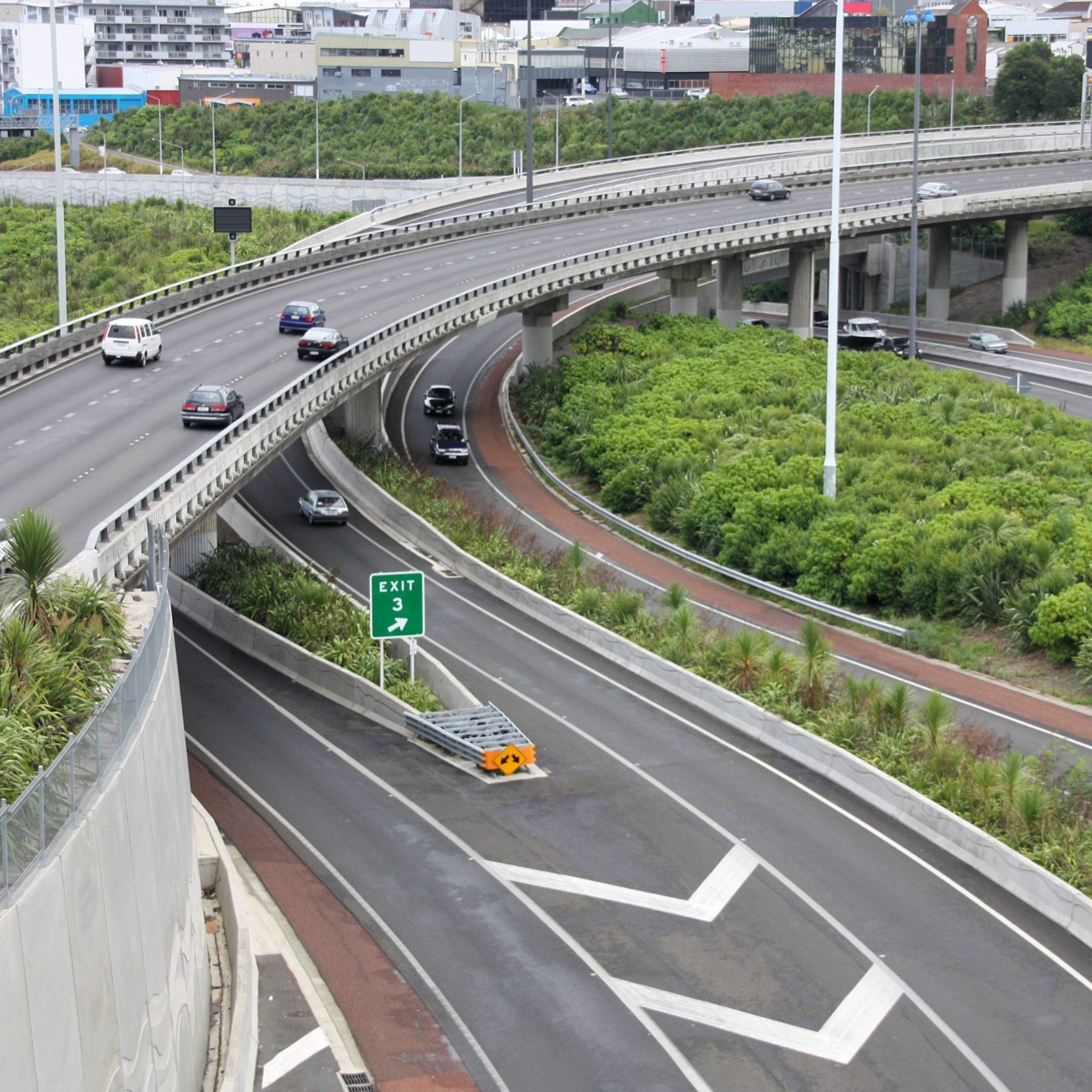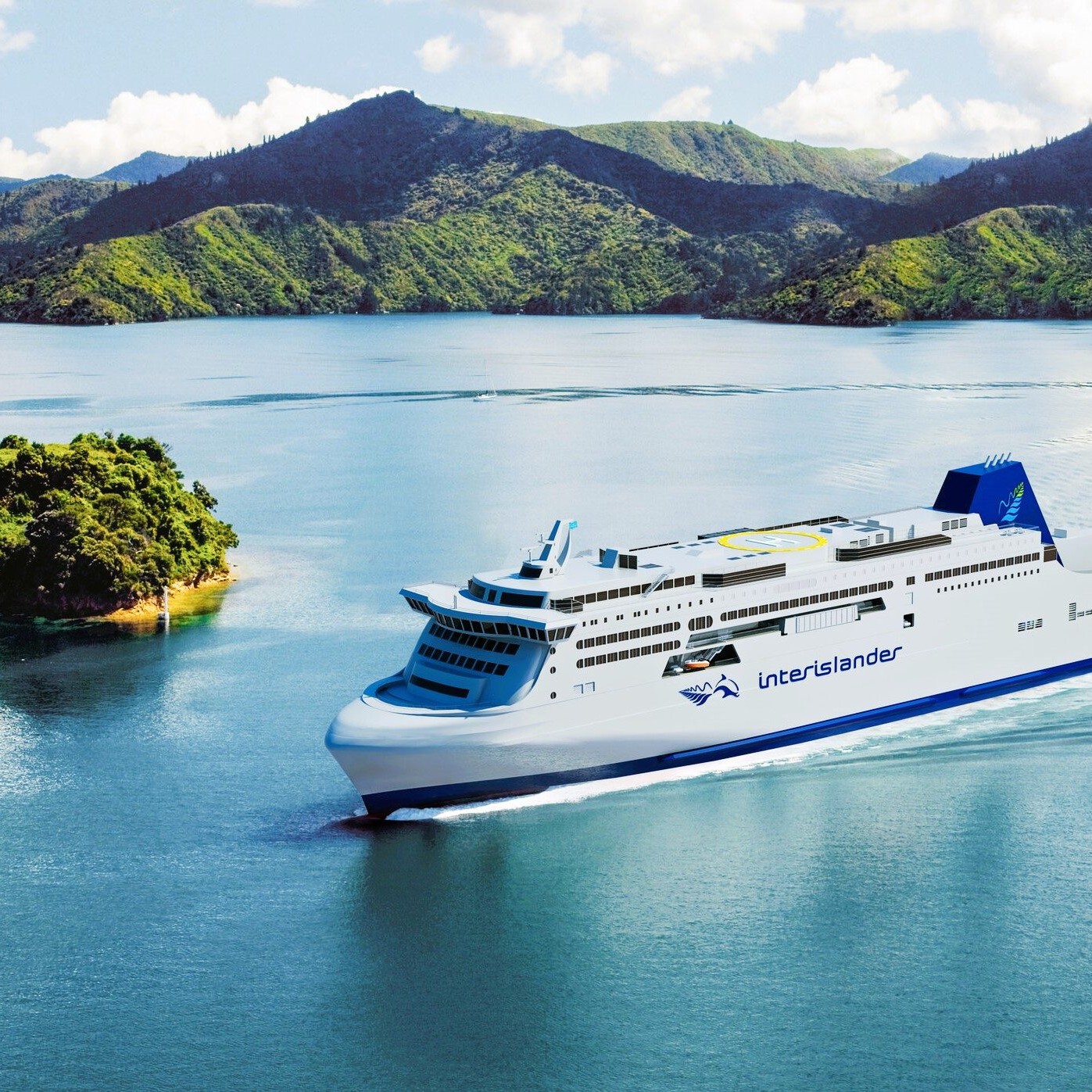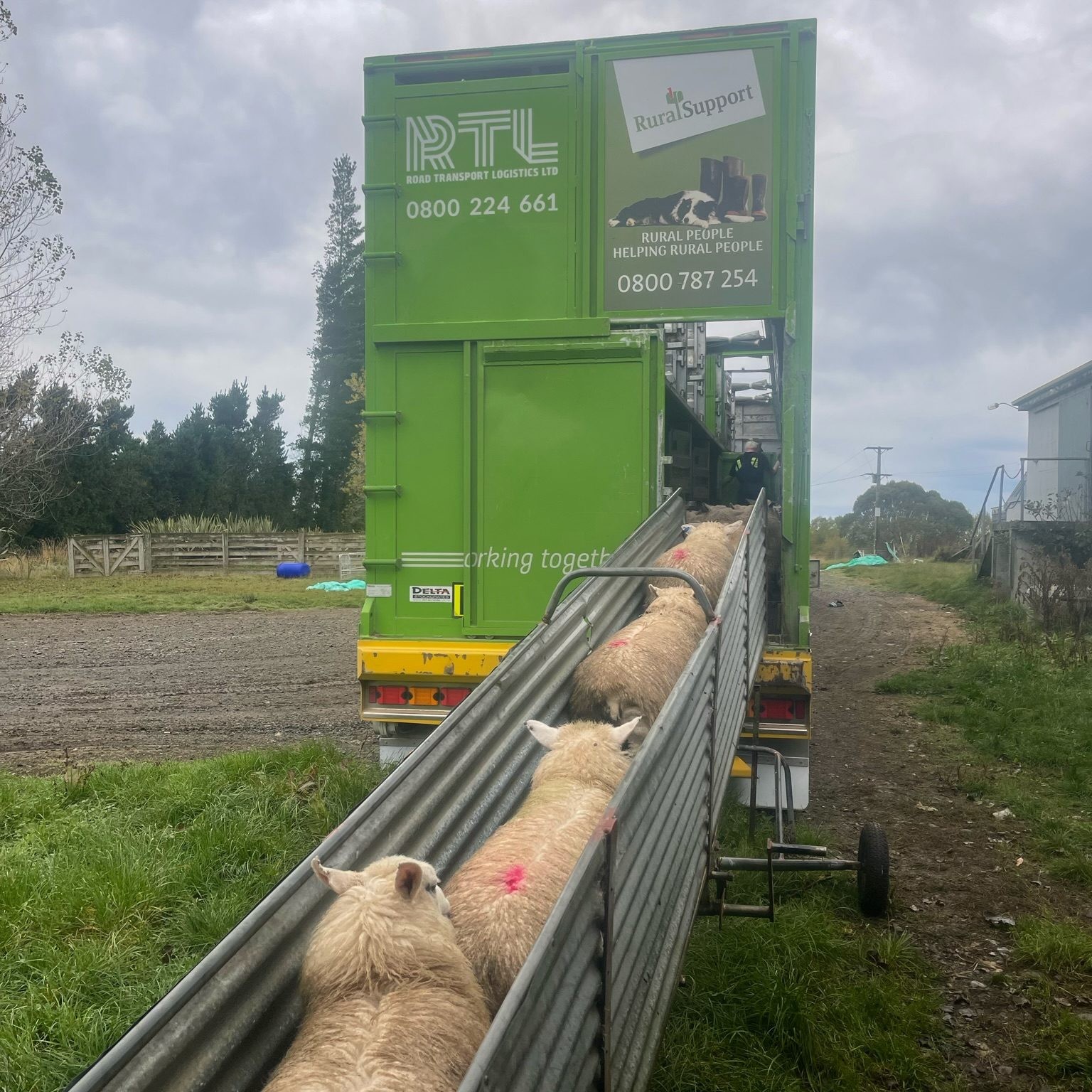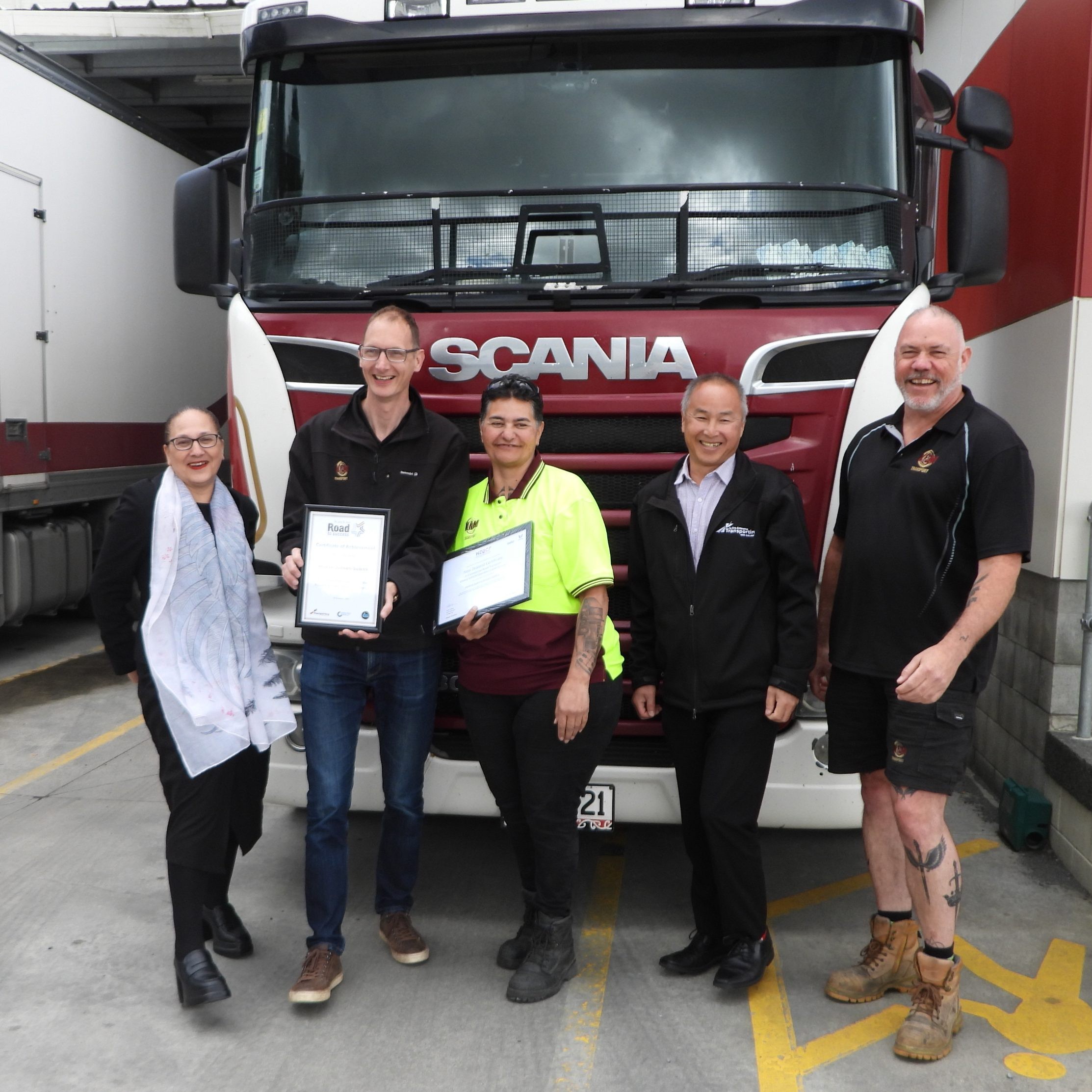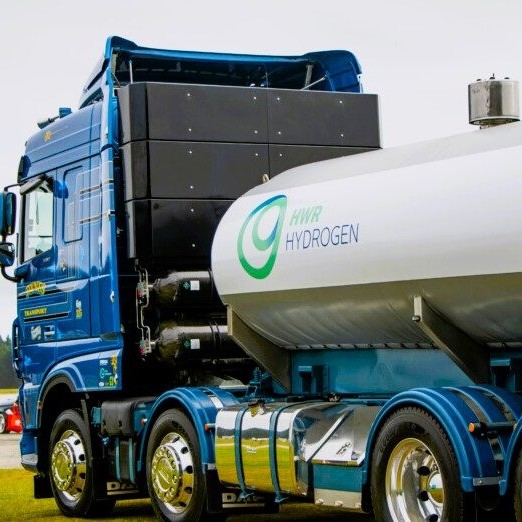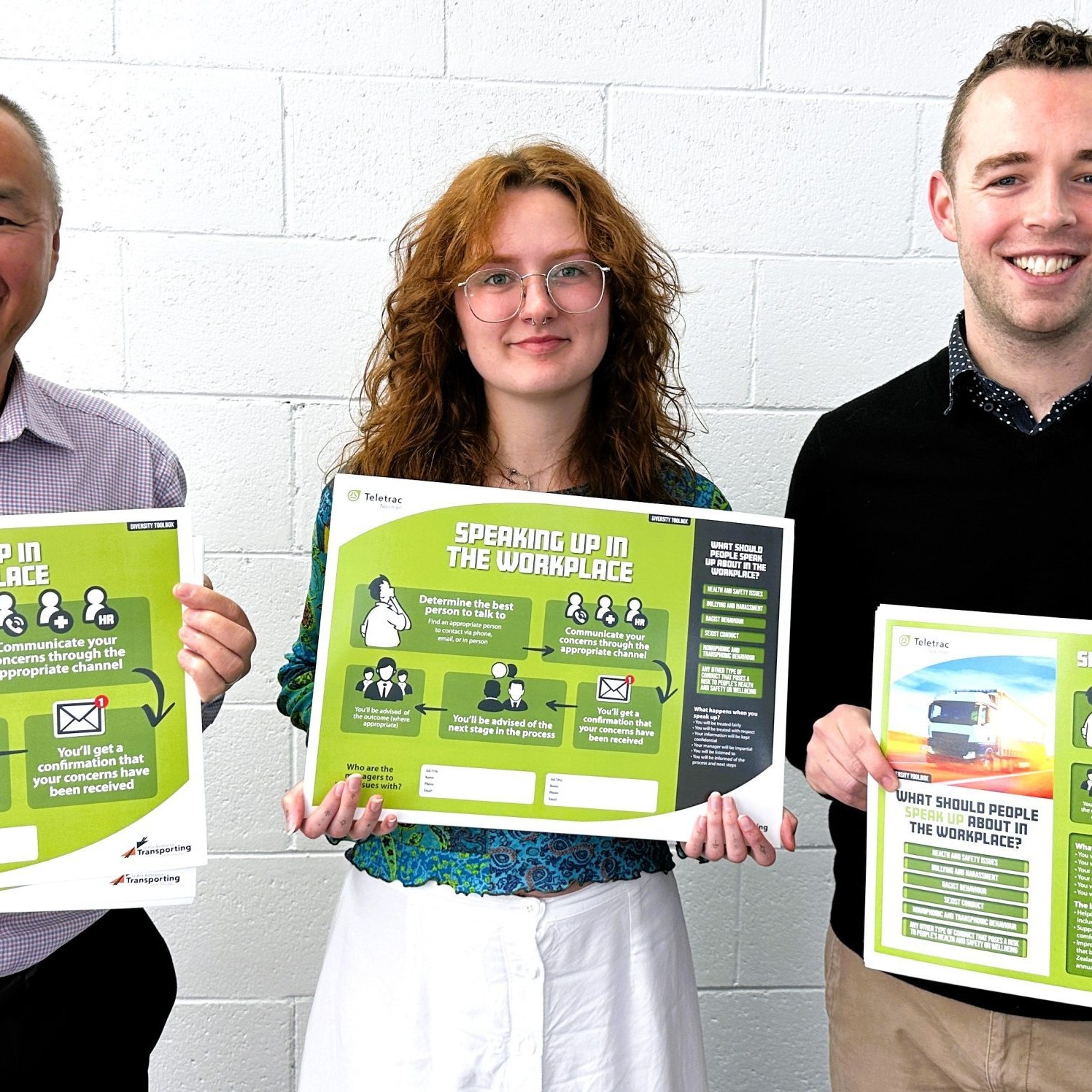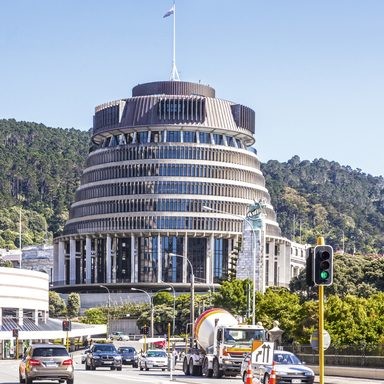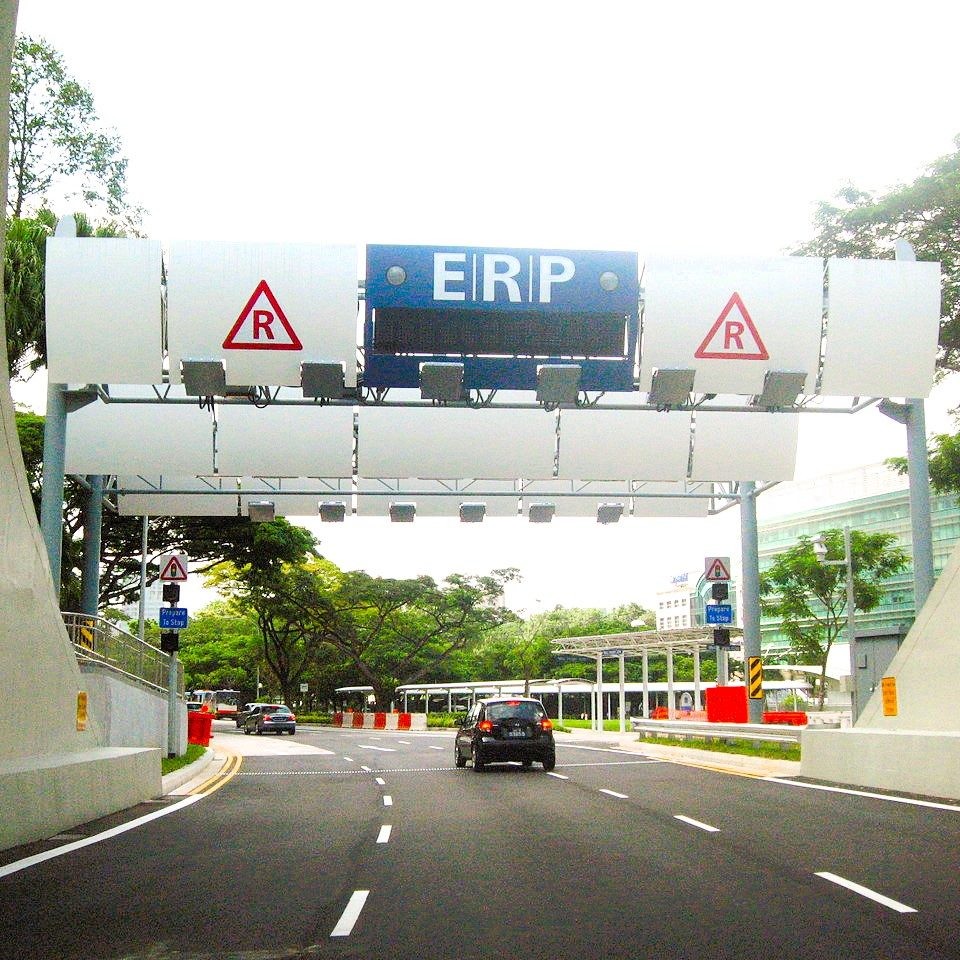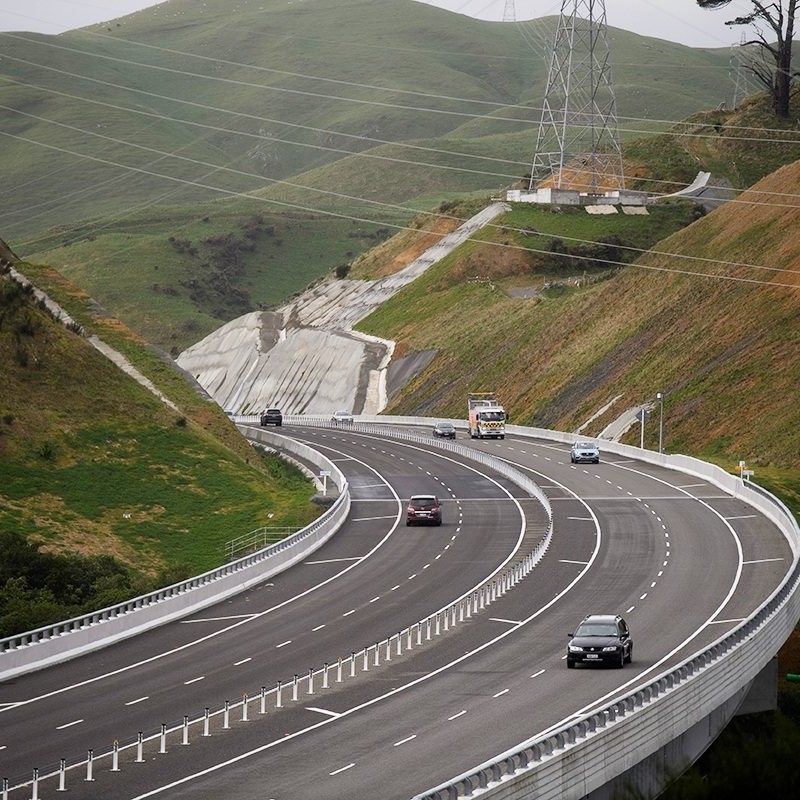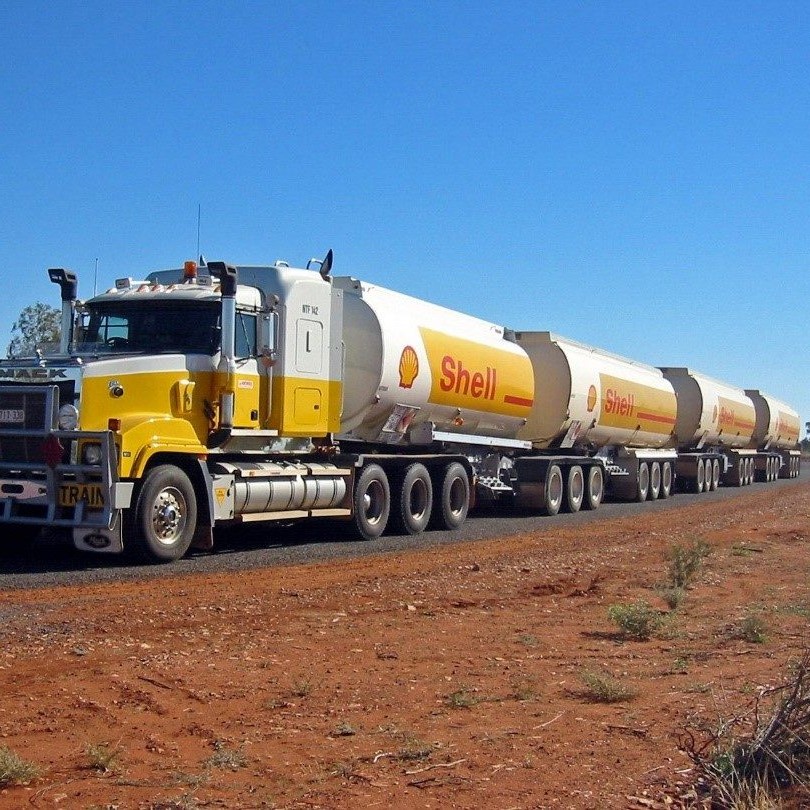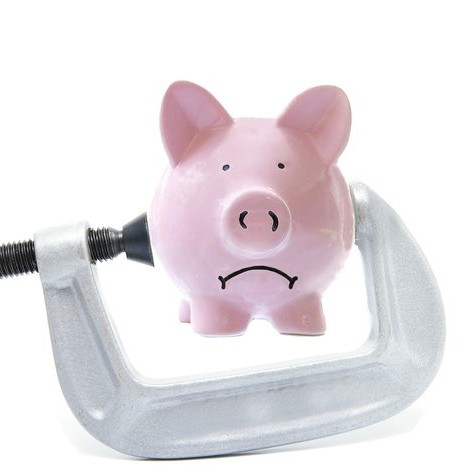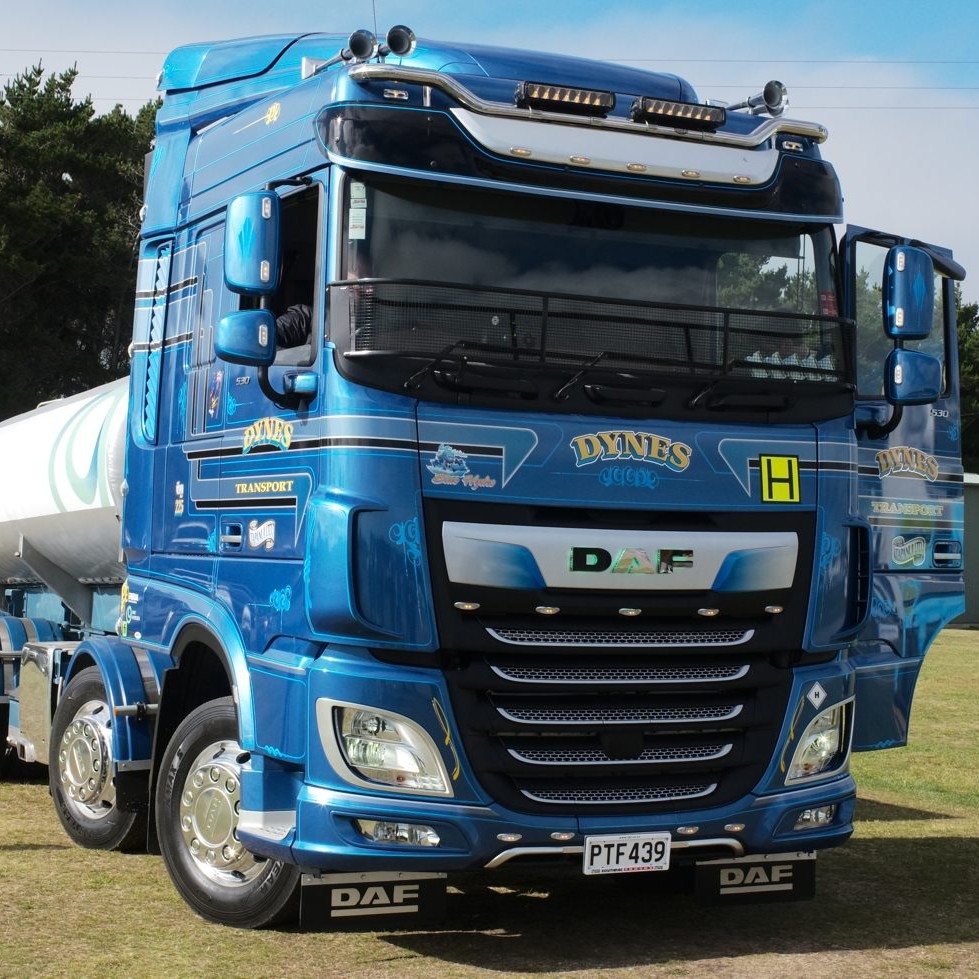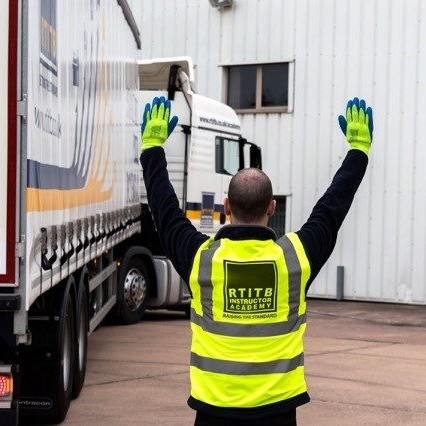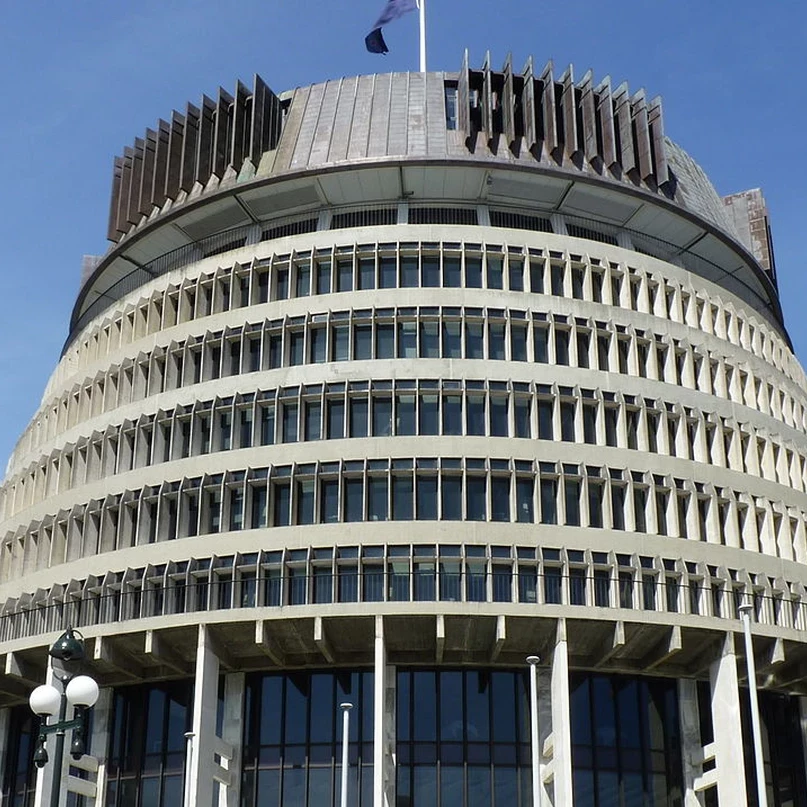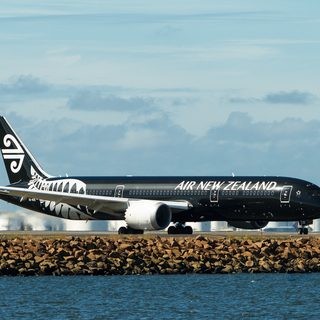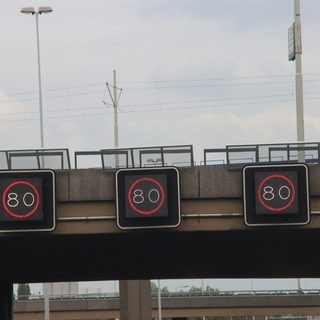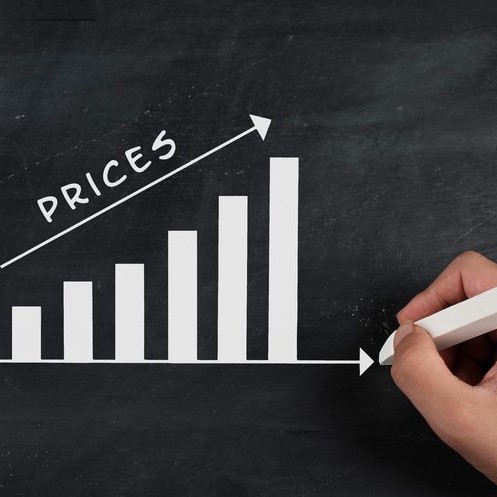
Latest economic data shows the road transport industry continues to meet market demand, despite tougher economic times, and most companies are continuing to withstand rising costs.
We do really feel for those businesses that haven’t been able to survive, be they moving freight or the clients of our members.
While it is clearly not easy out there, we believe there is no cause for alarm or widespread doom and gloom. We’re seeing operators and their employees making big changes, trailer manufacturers and body builders building on spec and reducing hours of work. That must be hard on all those directly and indirectly effected but we believe it’s a case of operators having to do what they need to do to weather the current downturn before the economy gradually moves up a gear and gets in better shape.
It’s particularly important for operators to keep a keen eye on costs and pass increases on to customers when necessary, and to take advantage of best price offers for fuel and other services. Transporting New Zealand has the tools to help our members with all of these considerations.
Given the anecdotal feedback I’ve been hearing from members around the country, I wanted to look at some of the latest economic data.
Transporting New Zealand Cost Index
Our latest Transport Cost Index (TCI), produced by Grant Thornton, shows that costs for our members are rising much faster than general inflation.
The TCI has increased by 8.2 percent in the 12 months to June 2024, with CPI sitting at 3.3 percent during the same period. While it’s great to see general inflation coming down, there are still real cost pressures facing road freight operators when setting their rates.
The only cost category coming down over the June 2024 quarter was fuel, with all other categories apart from RUC increasing. That means costs like insurance, tyres, overheads and interest are all going up. I encourage everyone to have a look at the latest index, available in the members area of our website.
ANZ Truckometer
These cost increases have combined with falling monthly demand to put the squeeze on some operators. The latest ANZ Truckometer revealed a slight fall in September for the Heavy Traffic (down 1.8 percent). However, it is 0.6 percent higher than a year ago (based on a three-month average). Light traffic was 1.1 percent lower.
ANZ economist Henry Russell was quoted as saying it was likely there would be little growth for the rest of the year.
“It is going to take time for demand to improve but our current expectation is that the economy treads water largely across the rest of 2024 and then a gradual recovery follows through 2025. As things stand currently, it does look like returning to a more normal level of economic activity is going to be a story for 2026.”
Russell said overall the traffic trend was flat but when population growth was considered it was clearly in decline.
Vehicle sales
Motor Industry Association (MIA) data for September 2024 and for the year to the end of September shows a mixed picture:
Both passenger and SUV sales were well down on the previous two years, both for September and the year to date. Sales for the year to date were down 23.23 percent on the same period for 2023. Compared with the same period for 2022, sales fell by 28.07 percent.
However, commercial vehicle sales the figures were markedly different.
Light commercial sales for the year to date were up on 2023 (plus 2.77 percent) but behind 2022 (minus 18.85 percent). Heavy commercial vehicles were down on 2023 (minus 2.30 percent) but up on 2022 (plus 7.95 percent). The sales for September 2024 compared with 2023 and 2022 were similarly mixed.
What do all these figures mean? Just as Cameron Bagrie told our North Island Conference earlier this month, the economic situation is improving, but we’re in for a slow, groggy recovery.
Transporting New Zealand’s message to government, councils, supply chain partners and freight customers is clear – we aren’t out of the woods yet. Anything they can do to help would be appreciated and that will be important to ensuring we have the level of service readiness for when the economy returns to better shape.





